I'm a big fan of alternative energy. While solar and wind are the big players in modern alternative energy, I think geothermal energy should be looked into more.
I plan is to use geothermal energy in an unconventional way. Usually geothermal is used to cool and heat buildings or used to make electricity via steam. I am hoping to produce electricity directly via a thermoelectric device.
 Trey Core
Trey Core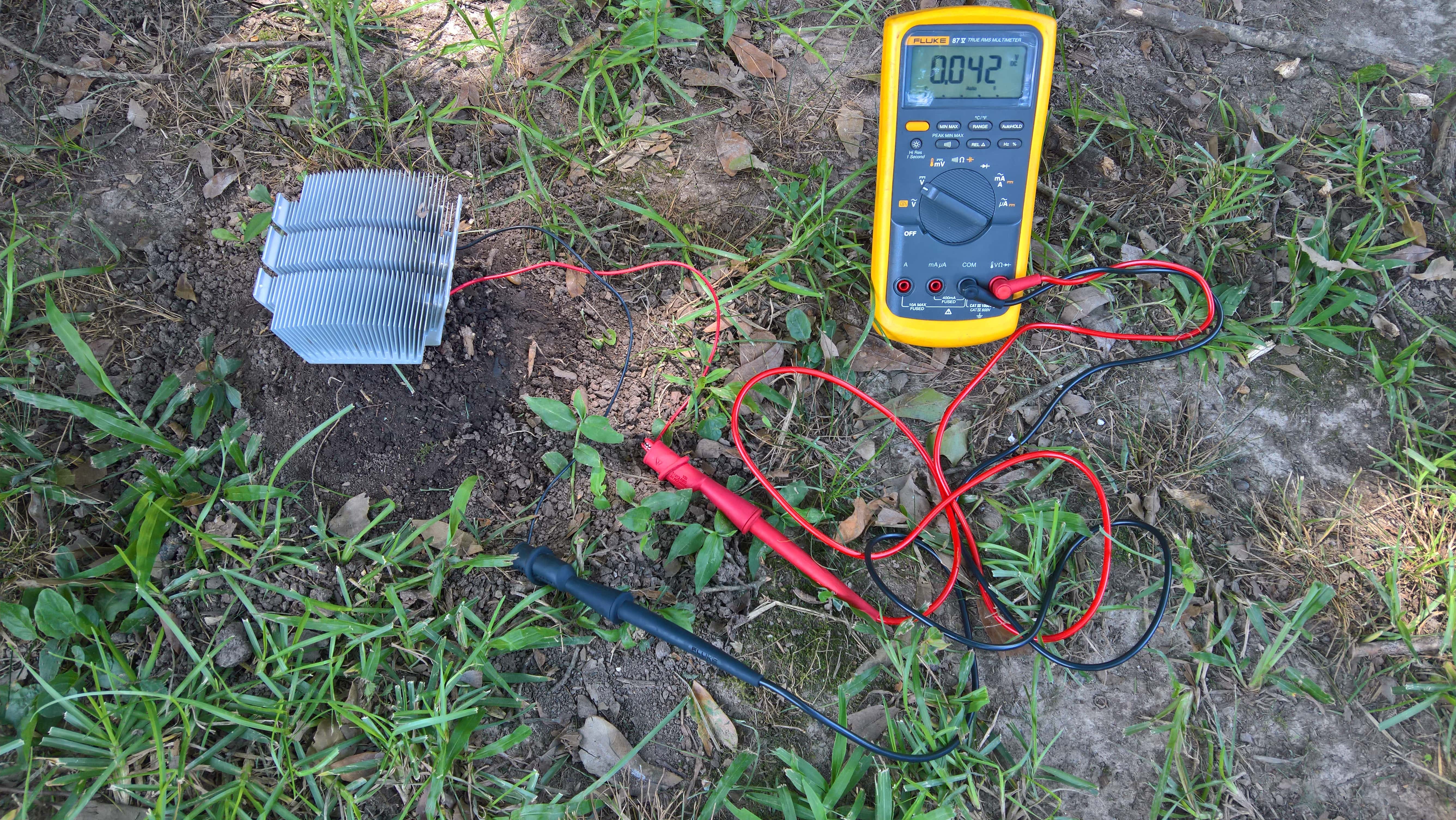
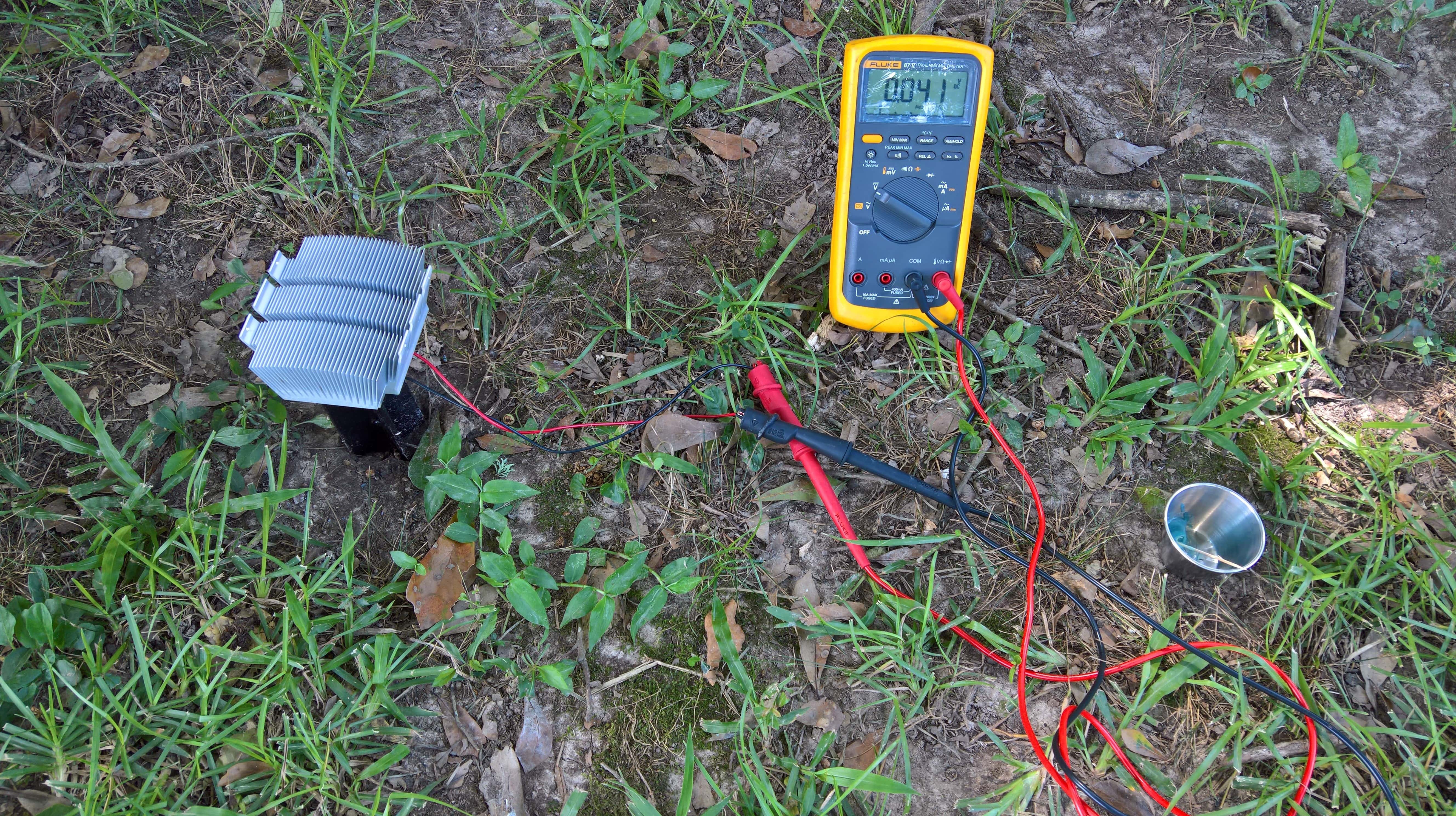
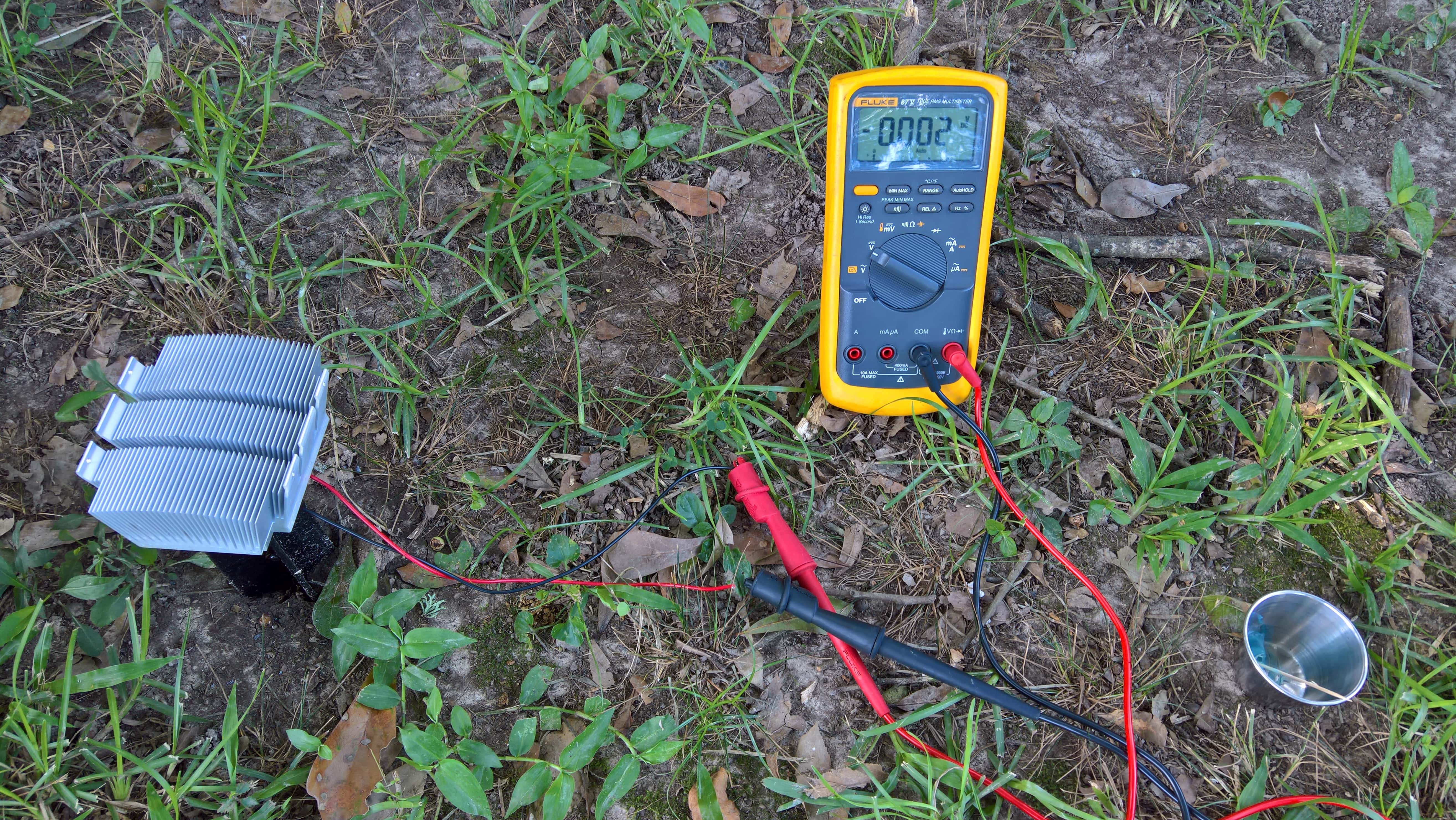
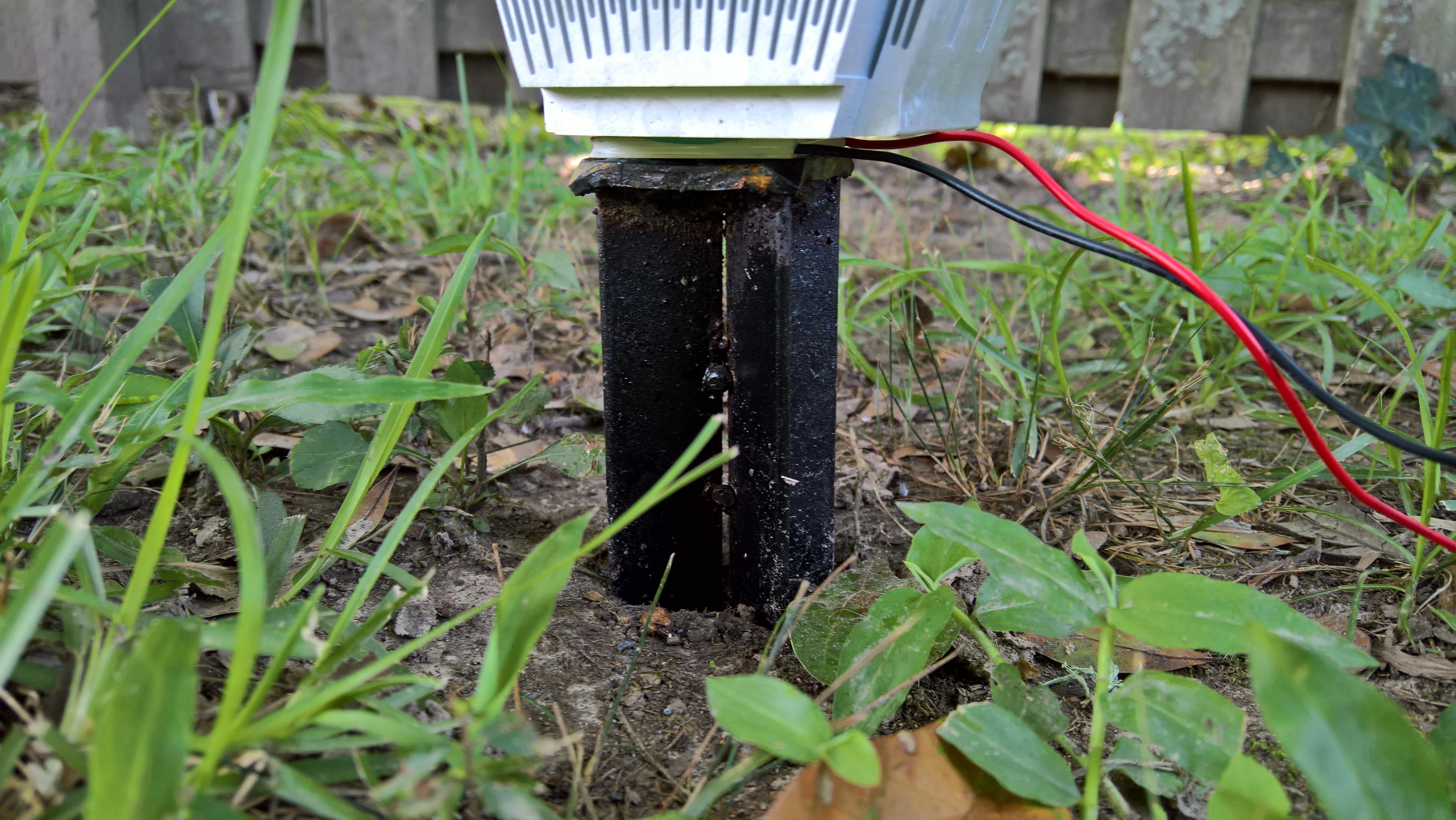
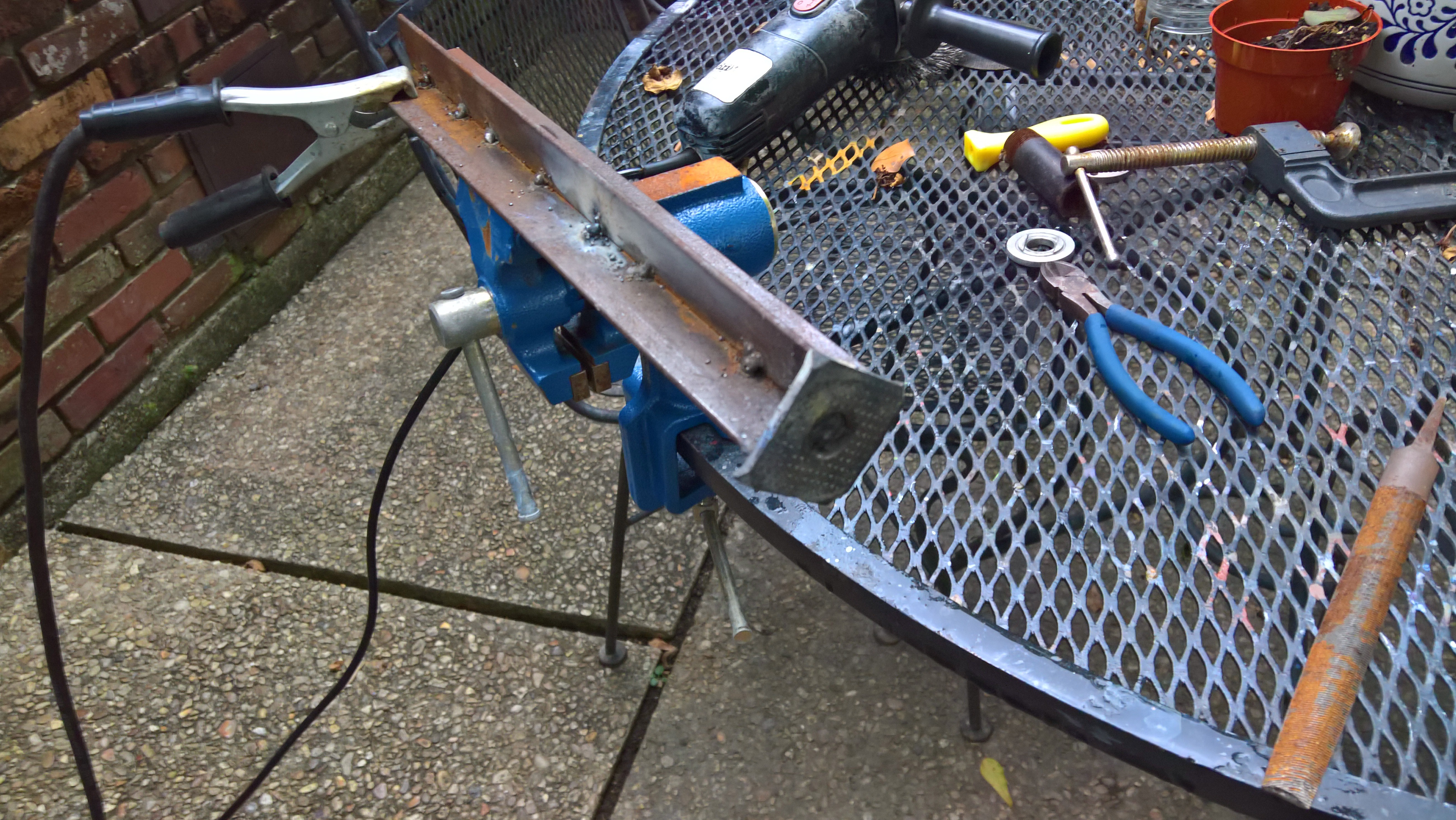





 chris jones
chris jones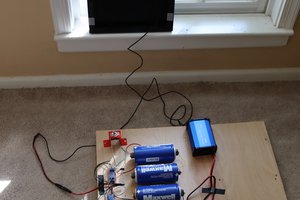
 Mike Rigsby
Mike Rigsby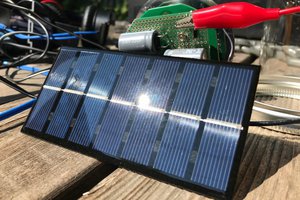
 Brian Sutherland
Brian Sutherland
 Jan Waclawek
Jan Waclawek
Don't forget that at different times of the day and year, the temperature difference may be inverted (hotter on top, or colder on top) -- and the scavenging circuit needs to handle that. Also, it would be best to charge all the time and store to a capacitor or battery for nighttime lighting.